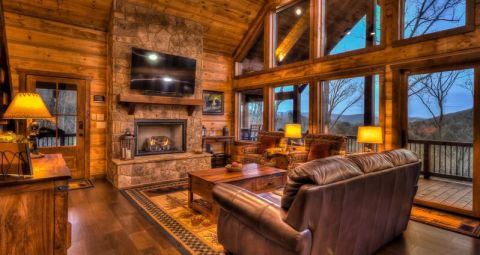Cottage Style Furniture Restoration Tips
- 1. Choosing the Right Furniture for Restoration
- 2. Essential Tools for Furniture Restoration
- 3. Steps to Restore Cottage Style Furniture
- 4. Adding Cottage Style Finishing Touches
- 5. Common Mistakes to Avoid in Furniture Restoration
- 6. Expert Tips for a Successful Restoration
1. Choosing the Right Furniture for Restoration
When starting a restoration project, selecting the right piece of furniture is crucial. Not all furniture is suited for the cottage style, and picking the right one will ensure your efforts yield a beautiful result. Look for vintage or antique wooden furniture, especially pieces with intricate carvings or worn-out surfaces that will complement the rustic charm of cottage style. It’s also important to evaluate the condition of the piece, ensuring that it has a solid structure to withstand the restoration process. Look for pieces that have great bones, even if their finish is damaged. These could be found at thrift stores, flea markets, or your own attic, awaiting a makeover.
2. Essential Tools for Furniture Restoration
Before embarking on restoring your cottage-style furniture, you’ll need a set of essential tools. A sander, wood glue, clamps, paintbrushes, and sandpaper are must-haves. A hand plane can be incredibly helpful for smoothing rough surfaces, while a good quality paint or wood stain will give the piece that aged, weathered look. You may also need furniture wax or varnish for added protection. These tools will help you prepare the wood, remove old finishes, and apply a fresh coat that preserves the natural beauty of the furniture’s wood grain.
3. Steps to Restore Cottage Style Furniture
Restoring furniture to fit the cottage style is a rewarding process that involves several steps. First, you need to strip the furniture of its old paint or varnish. This can be done using a chemical stripper or a sander. Next, repair any damages, such as cracks or loose joints, with wood glue or wood filler. Once the structure is stable, you can sand the surface smooth to prepare it for finishing. For the finishing step, apply a light coat of paint or a stain that enhances the wood's natural beauty. Many cottage-style pieces feature light, muted colors like pale blues, soft whites, or light greens, giving a gentle and timeless feel. Be sure to allow each coat to dry completely before moving on to the next step.
4. Adding Cottage Style Finishing Touches
Once the restoration work is complete, it’s time to add those little finishing touches that make cottage style so unique. This can include distressing the edges to give the furniture an antique feel or adding hardware such as vintage knobs or handles. Soft floral fabrics for cushions or upholsteries work well to enhance the cottage aesthetic, as do vintage-style decals or stencils for an extra touch of charm. These accents bring warmth and personality to the piece, making it blend seamlessly into your home’s décor. Adding soft patinas or even applying a coat of wax can help achieve the well-loved, lived-in look that is central to the cottage style.
5. Common Mistakes to Avoid in Furniture Restoration
Even experienced restorers make mistakes, so it’s important to be aware of some common pitfalls. One major mistake is rushing the process, especially when it comes to sanding and applying finishes. Patience is key to achieving a flawless result. Another mistake is over-sanding, which can weaken the wood. Be careful not to remove too much material when prepping your piece. It’s also important not to forget about wood preservation – using the right type of finish will ensure the longevity of your restored furniture. Finally, avoid using harsh chemicals that may damage the piece or its natural charm. Keep your approach gentle and respectful of the piece’s history.
6. Expert Tips for a Successful Restoration
To help ensure your restoration project goes smoothly, here are some expert tips. Start with a plan: know what style you want to achieve and gather all the necessary tools before you begin. Always test your paint or stain on a hidden area to ensure it works with the wood. Be mindful of the weather conditions – working in a cool, dry space will help finishes dry properly. Finally, remember that restoration is as much about preserving the character of the furniture as it is about improving it. Don’t try to make it look brand new; instead, aim to highlight its charm and personality.
Restoring furniture can be a deeply rewarding experience, especially when you see an old, worn-out piece transformed into a beautiful cottage-style treasure. By following these tips and embracing the character of vintage furniture, you’ll create pieces that add charm and warmth to any room. Whether you’re restoring a family heirloom or a thrift store find, cottage style restoration is a great way to express your creativity and make your home feel cozy and inviting. For more inspiration and tips, visit All Things Cottage and discover more ways to bring the charm of cottage style into your life.





















